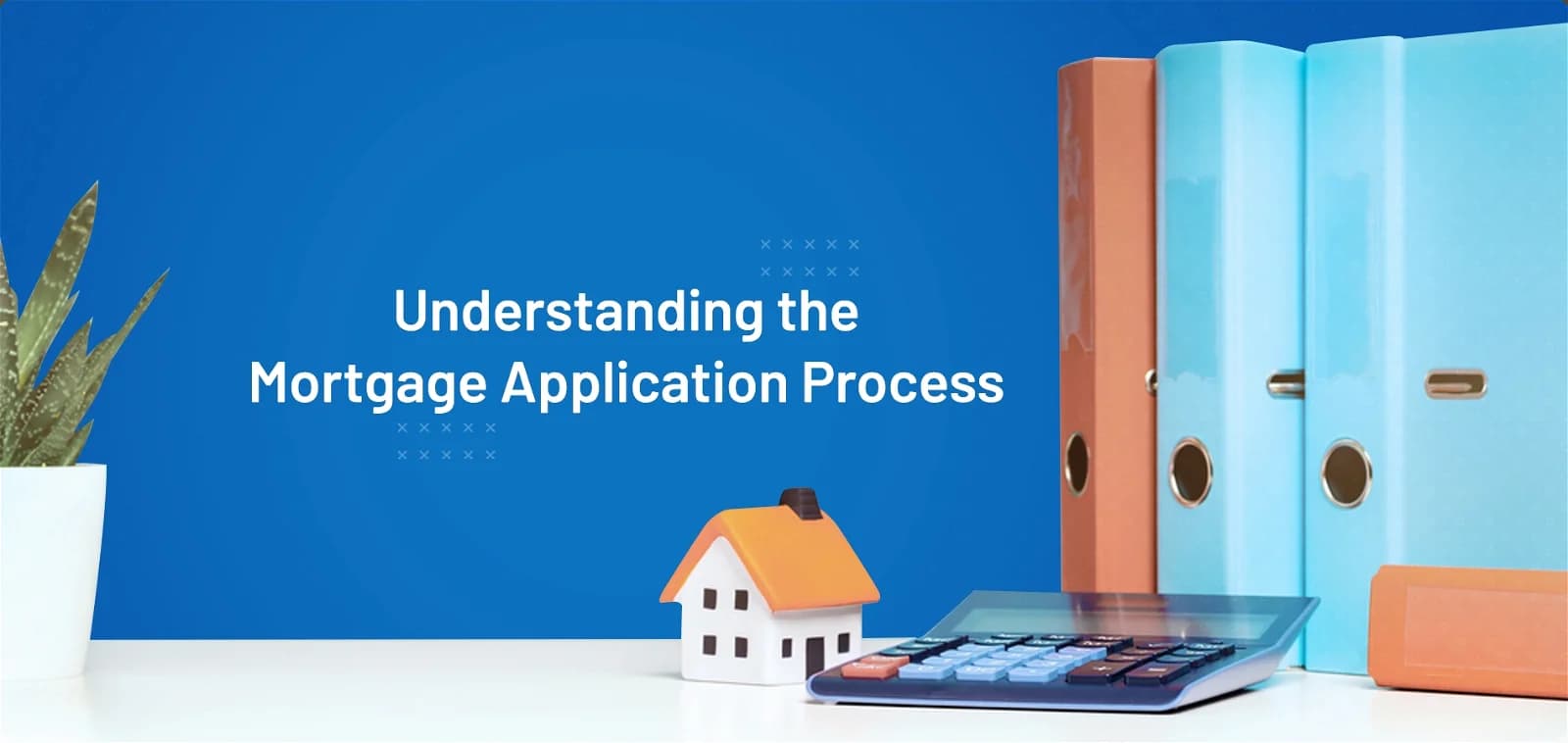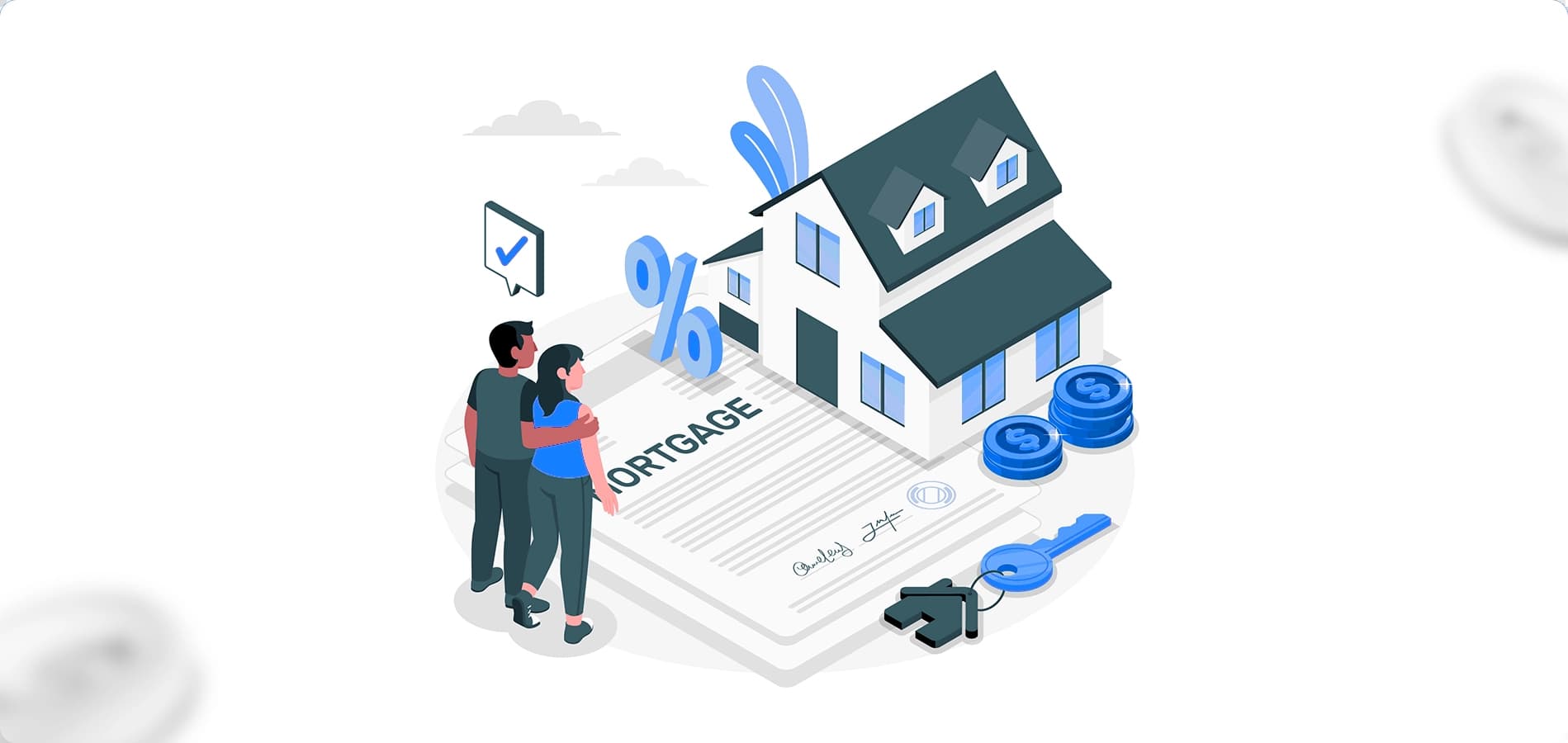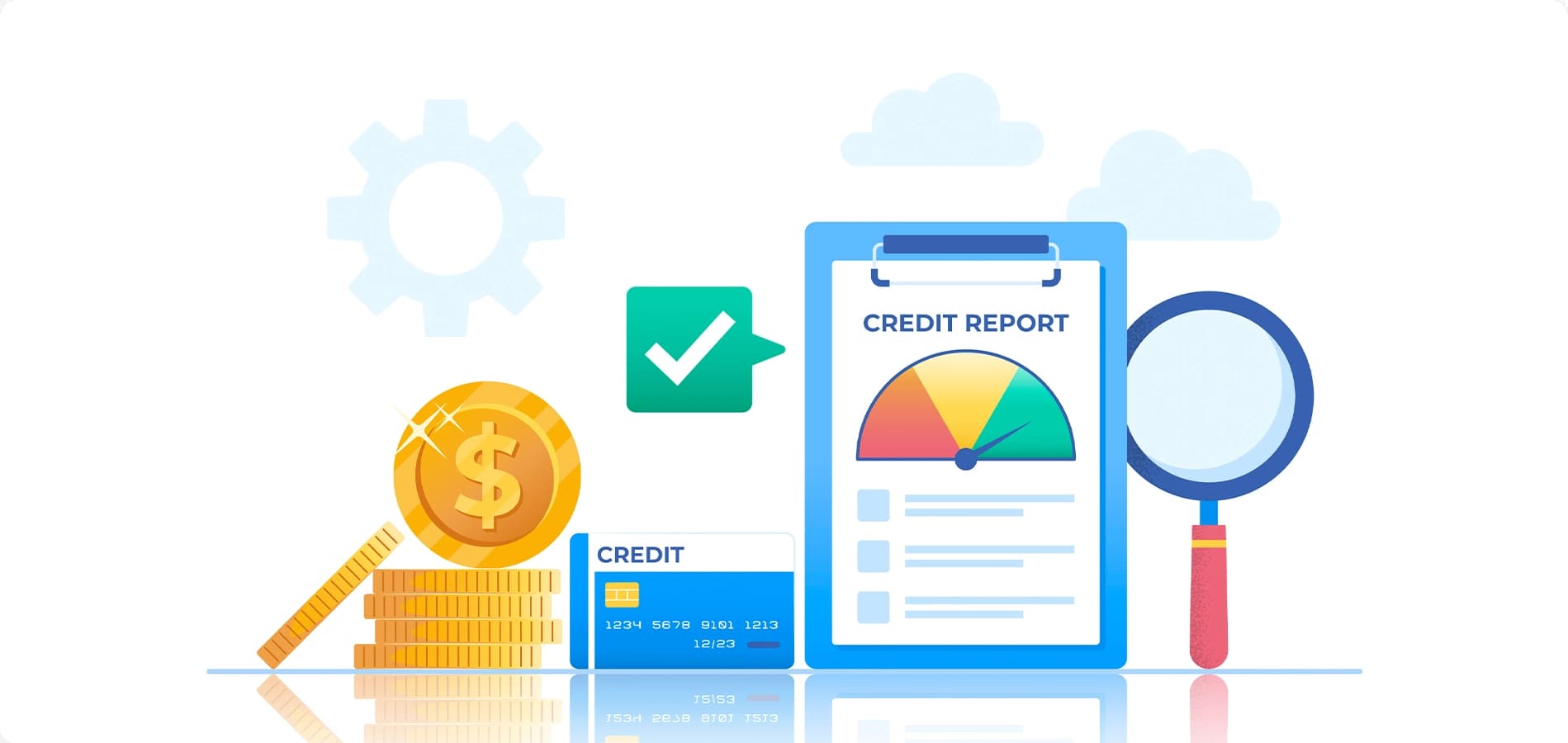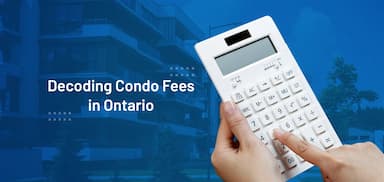Blog Search
Understanding the Mortgage Application Process

Imagine the excitement of stepping into your very own home, a space where your aspirations take root and your memories flourish. As you embark on this thrilling journey towards homeownership in Canada, the path might seem labyrinthine, strewn with complexities. Fear not! Our guide is here to illuminate the way through the intricate maze of the Canadian mortgage application process. Whether you're a first-time buyer or a seasoned homeowner looking to refinance, fasten your seatbelt as we unravel the layers of this adventure, bringing clarity to each stage and unveiling the hidden gems of understanding. Your dream home is closer than you think, and grasping the nuances of this process will be your key to unlocking its doors.
Applying for a Mortgage: Getting Started

01The First Chat
The first step in any mortgage approval process in Canada is the meet-and-greet or first chat on the phone. This is when you speak to a broker about your wants as a home buyer and determine the amount you’re likely eligible to borrow.
The first chat lets you feel out about a mortgage broker or lender and determine if they’re a good fit for you. This only takes 10 to 20 minutes, but it will likely be another 24 hours before you hear back about the next step.
02Getting a Pre-Qualification Consultation
Before even beginning the mortgage application process, it can be helpful to arrange a pre-qualification call with a mortgage broker. Through this call, you and your broker can look at your financial goals and roughly estimate the size of the mortgage you are eligible for. You can also use an online mortgage calculator to estimate your eligibility roughly.
Getting a pre-qualification consultation helps you gauge your eligibility before formally applying for a mortgage, allowing you to begin searching the market for homes within your estimated price range. Your broker will likely present you with several options, looking at a variety of different lenders, mortgages, and payment structures. You will also be informed of the pros, cons, and risks associated with each plan, allowing you to gauge the best course of action for you.
03Getting Pre-Approved for a Mortgage
Once you have decided to move forward with the mortgage application process, your broker will check over a few key financial documents in order to pre-approve your mortgage. A pre-approval is a temporary commitment for a mortgage of a specified size and rate. Your broker will not pre-approve you unless they already have a few lenders in mind who could fit your criteria.
Getting a pre-approval is, unfortunately, not a perfect guarantee that you will get approved, as there are a few property-specific criteria you have to meet later in the mortgage application process.
04The Application
Before anything is set in stone, you must complete a mortgage application, which a broker or lender reviews. This is also the pre-approval portion of the process. Through the application, your eligibility as a borrower is determined through:
A credit check
Proof of income
Record of debt (credit cards, personal loans, additional mortgages, etc.)
-
Recent tax records
These documents are essential for figuring out the correct type of lender for you. Some applicants are better suited to nontraditional lenders, while others have their pick.
The application process takes one to two days to complete, depending on the number of background checks needed to confirm your income and debt.
05Finding a Lender
Finding a lender takes a little elbow grease on the part of your broker. After processing your application and determining the best type of terms for your situation, your broker approaches lenders that they think would be a good fit.
Most lenders take somewhere between 24 to 72 hours to get back to a broker after reviewing and processing an application.
06Mortgage Underwriting
Once your broker finds a lender they like, the mortgage underwriting process begins. This is a time when the lender evaluates your risk to them based on their unique qualifying factors.
Your application and accompanying documents play a role in this part of the process.
Your broker likely knows the fastest lenders to apply to in rush situations, but you can bet a good lender is busy with multiple applications. If a lender takes too long, it could mean your application isn’t up to their standards.
Don’t worry, though. In this case, your broker simply submits to the second lender on their list of potential mortgage candidates.
Helpful Tips to Increase Your Chances of Success

01Complete a credit check before beginning the pre-approval process.
By examining your credit report, you can determine whether it is good or bad before consulting a broker. This gives you a chance to fix your credit score before becoming involved in the mortgage application process.
02Consider working with alternative lenders.
If you want to work with a AAA lender, you must pass the stress test, which has recently become more difficult to pass than ever before. If you cannot meet the stress test requirements, you can still secure your mortgage loan by working with a private lender such as a credit union. While private lenders may have higher interest rates (to justify the risk they are taking on), they do have greater flexibility in their eligibility criteria.
03Don’t be afraid to negotiate.
Once you identify a lender whom you would like to work with, you can then begin discussions about the loan you are looking to obtain. You can negotiate for an optimal interest rate, payment schedule, and mortgage term. If you are looking to get the best deal from your lender, working with a mortgage broker can be a great way to achieve this. Your broker can help you identify the terms and lenders that best suit your needs during negotiations.
If you are interested in working with one of our professional mortgage brokers, contact The Canadian Home today for a free consultation!
Blog Search
Popular Blogs
Popular Blogs
The trademarks MLS®, Multiple Listing Service® and the associated logos identify professional services rendered by REALTOR® members of CREA to effect the purchase, sale and lease of real estate as part of a cooperative selling system.

